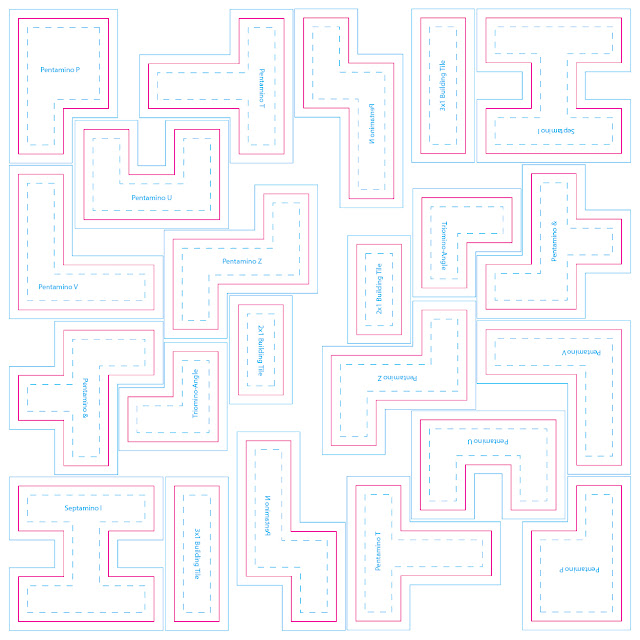Dung & Dragons Progress Report
There are six actions, you may only do one on a turn:
- Shovel earns you 1, 2, or 3 victory points for shoveling your dragons' stables. There are two Shovel cards in your hand.
- Build lets you add 1, 2, or 3 buildings to your ranch.
- Raise lets you advance your dragons 1, 2 or 3 levels. This growth can be spread across multiple dragons or focused on just one.
- Feed lets you give 1 or 2 food to your dragons.
- Hatch lets you add 1, 2, or 3 dragons to your ranch.
- Upgrade lets you advance your buildings 1, 2, or 3 levels. This growth can be spread across multiple buildings or focused on just one.
The game lasts four rounds ("weeks.") A week is five turns ("days.") You cannot use the same card twice in one round, so there will always be two cards that you don't use by the end of the round. Between rounds, you draw back up to your full hand.
The board shows the Hatchery and the Workshop. When a card is taken from the board (because of Hatch or Build) they are replaced with cards from the deck. (I may actually merge Hatchery and Workshop into a single pool to keep things simpler.) The deck also acts as the food supply for dragons. Food cards are always kept face-down. On the top right you'll see the progress meter. To the side is a little tile that shows the average number for this size group.
Your "ranch" is your collection of dragons and buildings. As the game progresses, you'll use Raise or Upgrade actions to rotate cards and increase their value or gain new abilities. The uppermost wedge shows the active effect.
- In this case, the dragon on the far left says "If your neighbor feeds, place one face-down card from the deck onto this dragon."
- The middle dragon says "When you shovel this dragon, gain +2VPs, which explains why there is so much poop stacked on top of this card.
- The building to the right gives you one extra rotation when you choose to upgrade.
As you can see, I've removed any explicit currency from the game. No gold or gems or ore and whatnot. It's all about the food cycle, limited time, and being as efficient with it as possible. The card-rotation gimmick may not work if cards are placed on the dragons.
Perhaps there is just one big pile of poop you keep in your ranch? Or the cards can be big enough to stay upright, but with a token to show progress a la Kingsburg? Either way, I need to hash out some basic outlines of what each dragon and building can do. Then, playtesting!





Poop should go under the dragon tile. Either directly under the tile or below the tile on the playspace. That way, you have a dragon sitting on top of a pile of filth instead of a dragon crushed under a mountain of excrement.
ReplyDeleteWell that solves a lot of problems! Excellent suggestion. Thanks!
ReplyDelete